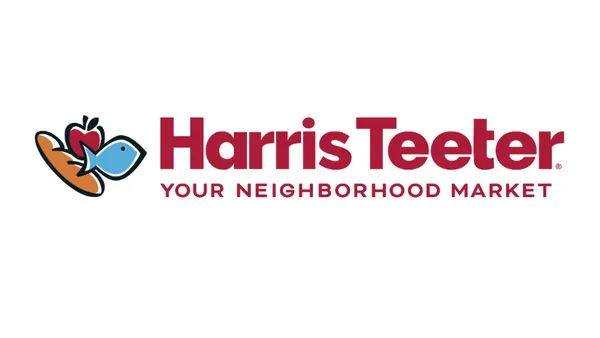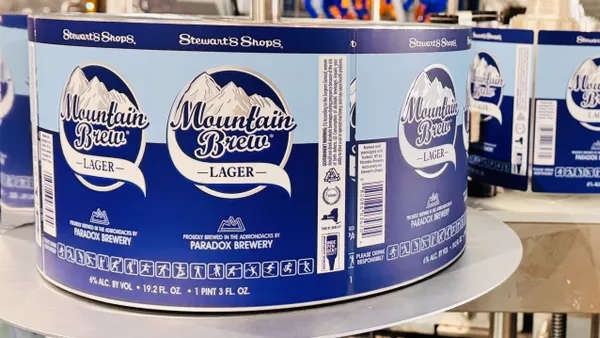Dive Brief:
- For two weeks this October, instead of promoting seasonal treats, Whole Foods launched a nationwide campaign to publicize six of its in-store candy and snack brands that are healthy alternatives to childhood favorites, according to BakeryandSnacks.com.
- The six brands are all emerging companies in the snack sector and include: Project 7 and SmartSweets, low-sugar producers of gummies; Little Secrets, similar to Kit Kats but with no artificial colors or flavors; Quinn Snacks, which makes popcorn and pretzels; and lastly, Biena Snacks and Goodie Girl, which make gluten-free cookies.
- From Oct. 3-16, end caps in Whole Foods stores will display these emerging brands and a sign with the tagline: "Remember treats as a kid? So do we." There has also been complementary digital advertising through newsletters and a social media campaign.
Dive Insight:
With the snacking category already at $89 billion, and growing at a 3% clip annually, a disruptive snack movement is occurring. What was once an in-between meals munchie has now shifted to an anytime treat. Even what we eat and how we eat them has changed. With Datassential estimating that consumers eat about four to five snack foods a day, it's no wonder that Big Food — and now grocery stores like Whole Foods — is aiming to play a bigger role in this popular trend.
Whole Foods, once a grocer with a hyper-local image who didn't play in the big leagues, has changed its tune since Amazon purchased the chain a little more than a year ago. Although Whole Foods hasn't publicly announced changes to its local buying program, small suppliers across the industry have reported the grocer is severing ties as it turns to more mainstream product offerings. With snacking as one of the hottest category in grocery, it's likely a smart move by the grocer to turn to treats.
But as "America’s Healthiest Grocery Store," Whole Foods cannot simply throw caution to the wind and pick up many of the brands that drive sales for traditional grocers. Instead, the company's insistence on promoting better-for-you brands could give them an advantage since that trend is exactly what millennials are looking for today. According to a study from The Center for Generational Kinetics and sponsored by Amplify Snack Brands, 89% of millennials consumed one or more better-for-you snacks in a week.
As a group that represents about 23.4% of the U.S. population and the first generation to really replace meals with snacks, millennials are emerging as the most health-conscious. Beyond an interest in simple ingredient lists, low-sugar and low-calorie foods, many also use the internet to educate themselves about healthy foods and functional ingredients, and those are the criteria that they are searching for in their snacks.
This penchant for education about ingredients has proven to be a boon for the better-for-you category. A study done by Utah State University found that moving fresh fruit and other better-for-you options to the checkout area and calling attention to their healthy attributes can increase sales of these items at convenience stores. The logical extension of this to healthy snacks might explain Whole Foods' push to promote its more mainstream yet healthy snacks by placing them on end caps.
"(The) end cap is actually the most sought-after spot in the store, especially in Whole Foods, because they all face the checkout line, which is usually a busy area with shoppers," Chris Mears, founder and CEO of Little Secrets told BakeryandSnacks. "So giving a dedicated end cap in addition to our existing shelf space in the store really helps bring a lot of attention to the campaign and the products themselves."
As this Amazon-owned grocer pushes further out of its niche and into the mainstream, effectively merchandising better-for-you snacks could be the solution to preserving the retailer's health image while simultaneously tapping into the convenience trend that is sweeping the industry and boosting sagging CPG sales.












